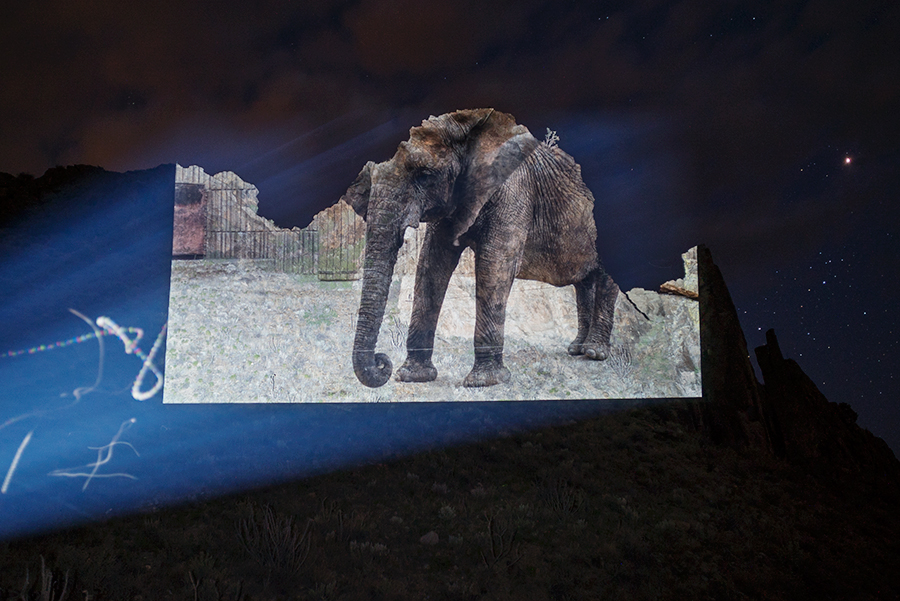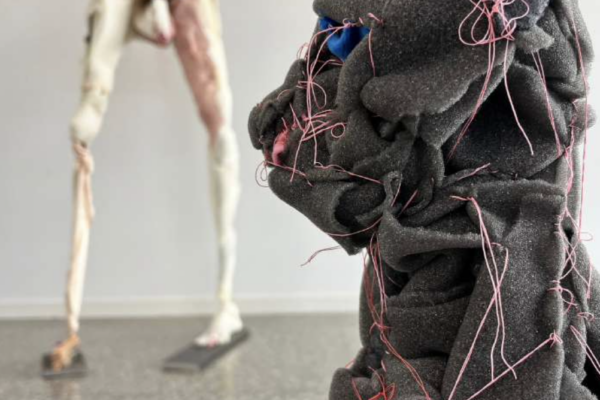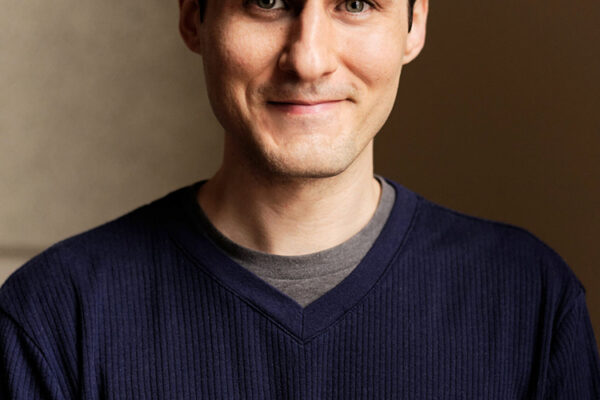When in 2009 Colleen Plumb stood outside Chicago’s United Center, waiting for the elephants to come out, she didn’t know what to expect. All she knew at that moment was that it was cold, and that she was ready to take some photos. CAF 2020 Navab fellow Vivian Qiu reports. Everything changed when Colleen watched the elephants emerge—eight of them in total, trunk to tail, marching in the freezing cold night. That moment of sheer horror shifted something in her and she found herself reassessing all that she had known. The institutions and ideas she had previously known felt wrong, and yet she and others had blindly accepted them. They were suddenly no longer tolerable. She had to do something.
That trend of Plumb discovering something that led to an urge to change has continued through the years. It ultimately resulted in her monumental guerrilla projection project, Thirty Times a Minute. Her discovery of the stereotypic behavior that affects many animals in confinement, including elephants held captive in America’s zoos, urged her to press “record” on her camera. She discovered that others were just as curious and horrified by the eight-minute compilation of her footage she edited. They urged her to project it in public spaces. Plumb found that by projecting the footage on interestingly textured surfaces, like waterfalls and mountains, she could create the illusion that those elephants were briefly free and back in nature. She began to experiment with more locations. Simultaneously, she realized that her work was helping others comprehend the exploitative nature of zoos. This compelled her to continue working to bring light to other injustices done to animals.
A few years later, everything is a little different. Although, at the time of writing, the ability for crowds to gather in front of a public projection may no longer be possible, due to the COVID-19 pandemic, Colleen continues to create. Her recent book of the same name, which displays her Thirty Times a Minute projections in different locations around the world, accompanied by essays from various animal rights activists, has been published. The first part of a new sculptural exhibit, Invisible Visible, which formed through a conversation between Colleen and Katherine Kassouf Cummings, a writer; between images and words; between the individual and society. Expressed through photography, sculpture, video, and writing, this collaboration invites an examination of our relationship with the invisible that exists all around us.
The installation uses projection and sculptures of chicken wings to highlight the state of slaughterhouses, and how they abuse both the animals and workers. As Colleen writes: “Sweeping along the back walls, a black-and-white video projection shows the gentle handling of wing sculptures, wing after wing being passed in endless succession. At front, another projected image appears and disappears: color photographs of raw wing bones from a bird, a chicken. The red, raw bones “breathe” on row after row of plaster-cast sculptures of a chicken wing. The projected image moves our eyes beneath the surface of the wings, into the interior. Flanking the wings are an assembly of chalk-white bones cast from a wing bone. This delicate line of bones mirrors the physical experience of workers in a slaughterhouse, standing in compact rows.”
Colleen’s latest project, for which she received a CAF grant, is footage via webcam of Snow Lily, a zoo-captive polar bear.
With each new opportunity and idea, Colleen digs deeper. But she also takes her time to reflect and ensure grace and dignity are preserved. She mentions the ritual she has created, as she sculpts each new chicken wing for her Invisible Visible exhibit, to commemorate the life of the chicken lost. She talks about her daily concerns for Snow Lily, now pacing in captivity without even the stimulation of an audience to pass the time. She reflects on her own role as an ally in the Black Lives Matter movement. She wants to ensure her work doesn’t exploit but, instead, provokes the viewer, asking them questions and leading them to come to their own conclusions.
And she herself remains open to questions and provocations. She takes each day and each new challenge as they come, allowing herself to follow her instincts and take everything in. Each project and each person she meets reinforces her commitment to do what she can. And that she does.





